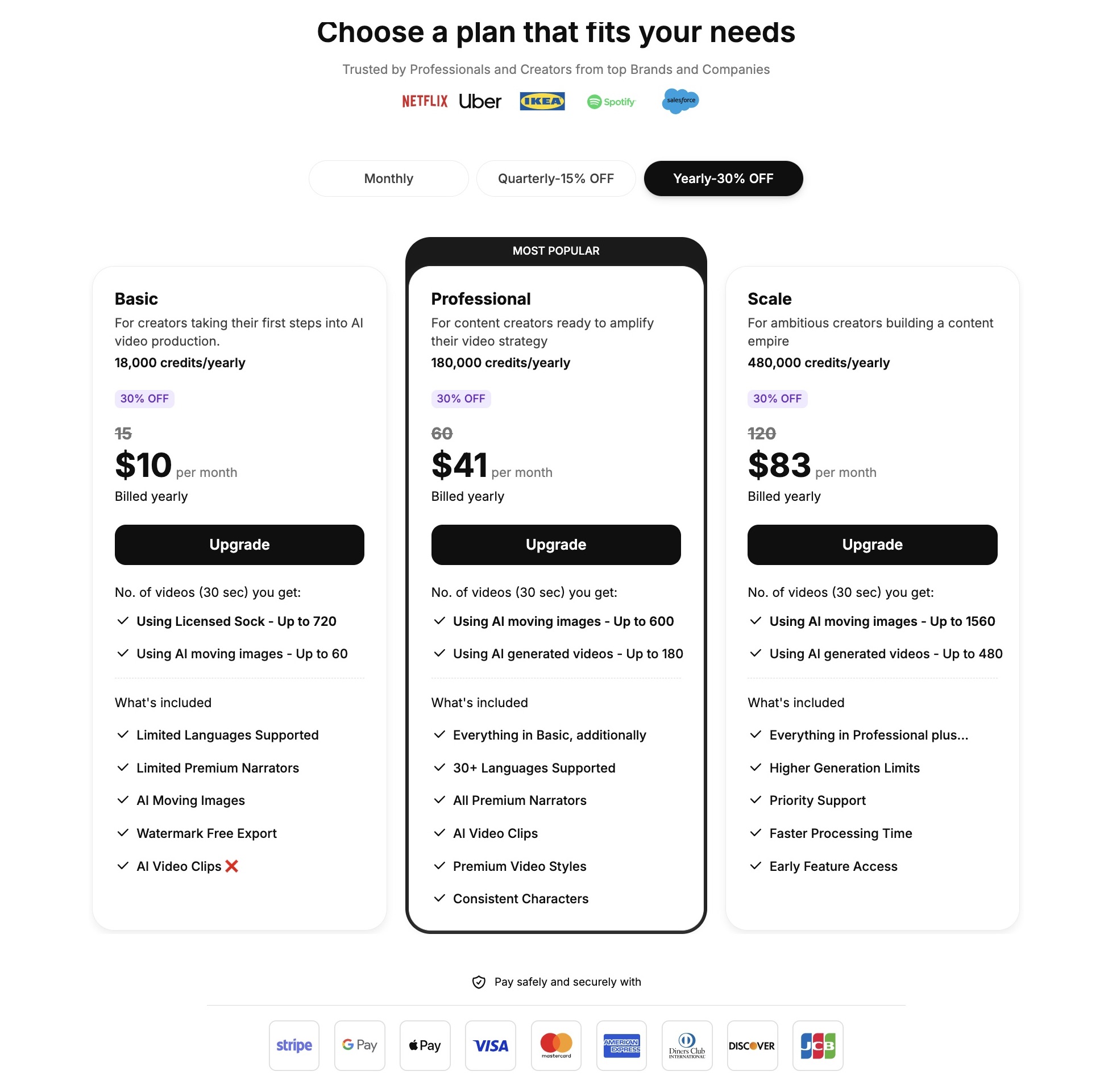

Tooba Siddiqui
Fri Jul 18 2025
6 mins Read
Creators, marketers, and developers are turning to generative AI to produce high-quality, scalable visuals. Among the frontrunners in this space are Google’s Imagen 3, the community-favorite MidJourney, and the all-in-one creative suite ImagineArt. Each of these platforms offers powerful capabilities — but they differ significantly in accessibility, stylistic flexibility, commercial readiness, and output control.
What Are Imagen 3, MidJourney, and ImagineArt?
Google Imagen 3 is the tech giant’s flagship photorealistic image model, fine-tuned for commercial-grade visuals and advanced prompt interpretation. It’s backed by Google DeepMind and tightly integrated into the Gemini ecosystem.
MidJourney stands out for its signature artistic aesthetic. Operating through Discord, it’s loved by designers for its vivid, stylized outputs — though it offers limited compositional control and business features.
ImagineArt, on the other hand, goes beyond just image generation. It’s a full creative workspace that integrates Imagen 3, MidJourney-style models, and advanced editing workflows. It caters to creators who need both artistic flexibility and functional output — from product mockups to branded campaigns.
Let’s dive into a side-by-side breakdown across 15 key features to help you choose the right AI image generation platform.
AI Image Generator Comparison Table: Imagen 3 vs MidJourney vs ImagineArt

1. Model Owner
Imagen 3 is developed and maintained by Google DeepMind, making it one of the most advanced and rigorously evaluated models in the AI space. Its backing by a tech giant lends it credibility, trust, and access to robust cloud infrastructure.
MidJourney is independently operated and not open-source. While it has built a strong creative community, its proprietary nature means it’s less transparent about model updates or roadmap decisions.
ImagineArt doesn’t build its own image models — instead, it curates and integrates over 40 models (including Imagen 3, SDXL, etc.) into a unified platform. The benefit: users get access to best-in-class models without needing separate accounts.
2. Access
Imagen 3 access is limited. It’s currently available through:
- Gemini AI chatbot (Google One Premium or Workspace Labs)
- Google Cloud’s Vertex AI
- Early API access for enterprise partners
MidJourney operates through Discord only. Users enter prompts as messages and receive images in return. This limits UI customization and makes onboarding less intuitive for business users.
ImagineArt offers browser-based access with a full UI — no Discord or API setup required. You can generate, edit, upscale, and stylize images in one place using Imagen 3 or other models.
3. Resolution
Imagen 3 generates extremely high-quality outputs, up to 2048px in most workflows. Outputs are crisp, with exceptional detail and clarity.
MidJourney’s default resolution is lower but can be upscaled manually. Even so, it emphasizes style and abstraction more than technical resolution.
ImagineArt allows high-resolution output and includes AI upscaling tools that preserve sharpness and structure — especially useful for product design, marketing visuals, and print-ready assets.
4. Best For
- Imagen 3: Photorealism, product photography, architecture, editorial visuals.
- MidJourney: Fantasy, stylized art, concept design, illustrations.
- ImagineArt: Balanced use across all styles — from realism to 2D cartoon to isometric — with workflows tailored to e-commerce, branding, and creators.
5. Use Cases
Imagen 3 excels in structured prompts and real-world visuals: think branded packaging, interior mockups, and headshots. However, it lacks native editing or animation support.
MidJourney shines in creative exploration: moodboards, art, fantasy worlds, comic-style posters.
ImagineArt supports a wider workflow: create a hero image in Imagen 3, then turn it into a short video using ImagineArt’s Video Studio or add a caption using their Image Editor.
6. Creative Controls
Imagen 3 offers limited control directly. Users can tweak prompt phrasing but cannot adjust composition, lighting, or angles natively unless using Vertex AI.
MidJourney lets users adjust via prompt modifiers (like --ar 3:2, --v 5) to adjust aspect ratio and other customization but lacks real-time sliders or visual tools.
ImagineArt adds UI-based sliders for style strength, camera motion, lighting presets, aspect ratio, and more. This enables non-technical users to fine-tune output visually — especially when working with Imagen 3 inside the platform.
7. Built-In Tools
Imagen 3 provides only generation — no native inpainting, image-to-image, or captioning unless using Vertex AI tools.
MidJourney has Remix Mode and basic upscale/variation tools, but no editing suite.
ImagineArt includes:
- Text to Image
- Image to Image
- AI Upscaler
- Image Editor (caption, stickers, overlays)
This makes ImagineArt the only true visual workflow builder among the three.
8. Output Speed
Imagen 3 is fast through Gemini but slower in enterprise APIs due to security wrappers.
MidJourney is relatively quick, though can experience Discord latency.
ImagineArt offers both Preview Mode (fast) and Full Render (high-quality). Users can iterate quickly and refine high-res final versions efficiently.
9. Pricing Model
- Imagen 3: Included in Google One Premium ($19.99/month) or Workspace Labs. Vertex AI pricing varies by usage and is designed for enterprise.
- MidJourney: $10 to $60 per month, tiered by GPU hours.
- ImagineArt: Credit-based system. 50 free daily credits for new users and are reset every 12 hour; top-up packages start at $10.
 Pricing packages of ImagineArt
Pricing packages of ImagineArt
This makes ImagineArt the most flexible and affordable for experimentation and scale.
10. Features
- Imagen 3:
- Photorealistic image generation
- Advanced language understanding (on ImagineArt)
- Edge-aware refinement
- Dynamic lighting and semantic accuracy
- MidJourney:
- Stylized visual output
- Artistically expressive renderings
- Community-trained datasets
- ImagineArt:
- Access to an arrray of models including Imagen 3
- Built-in editing tools
- Visual controls for generation
- Integrated image-to-image workflows
11. Prompt Adherence
Imagen 3 leads here with its transformer-based architecture. It parses complex prompts accurately and renders accordingly, which is key for branded visuals or product design.
MidJourney has weaker adherence, often prioritizing artistic flow over literal interpretation.
ImagineArt, using Imagen 3, maintains high adherence while allowing users to test different styles and effects for each prompt.
12. Input Formats
- Imagen 3: Text only (no native image input unless using Vertex AI)
- MidJourney: Text + image (via Discord image URLs)
- ImagineArt: Text, image references, image-to-image prompts
13. Output Formats
- Imagen 3: Static image only
- MidJourney: Static image
- ImagineArt: Static image, animated image (image-to-video), captioned poster, product mockup
Only ImagineArt allows further use of the generated image in downstream content (e.g. AI Shorts, social media posts).
Final Thoughts
If you’re looking for hyper-realistic, prompt-faithful image generation, Imagen 3 is a top-tier model — especially when used inside ImagineArt for easier access. For stylized, experimental visuals, MidJourney offers unmatched creativity but falls short on control and workflow utility.
ImagineArt brings the best of both worlds: high-quality models like Imagen 3, advanced editing and post-processing tools, and seamless integration into visual workflows for business and creators alike.
Whether you're building a product catalog, an AI-powered animation, or a marketing campaign — ImagineArt makes it possible with just a few clicks.
Related reading:
Google Imagen 3 Features Midjourney Alternatives How to Use Imagen 3 on ImagineArt

Tooba Siddiqui
Tooba Siddiqui is a content marketer with a strong focus on AI trends and product innovation. She explores generative AI with a keen eye. At ImagineArt, she develops marketing content that translates cutting-edge innovation into engaging, search-driven narratives for the right audience.